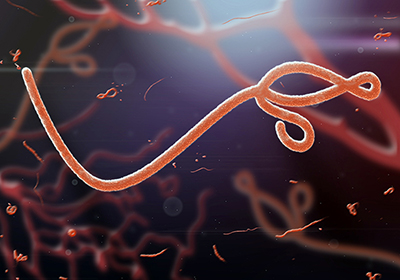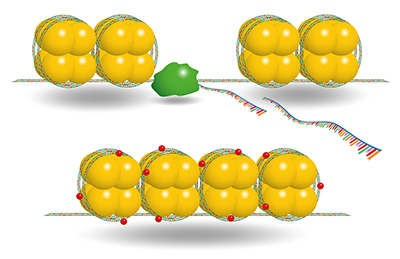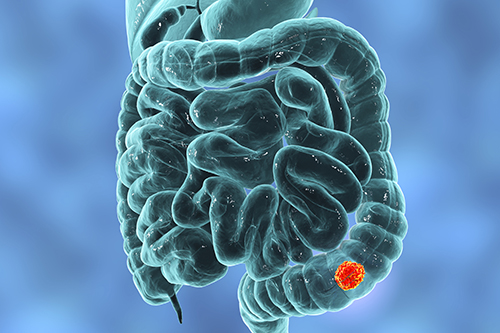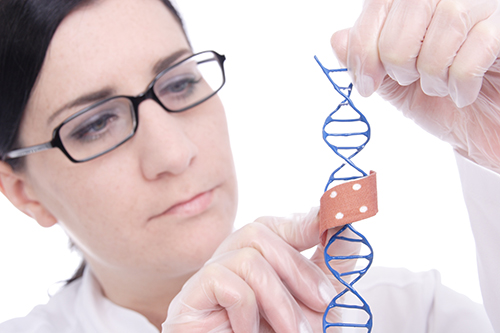Discoveries
-

Lowering the dose of key medicine can reduce stress-induced relapse
https://cdn.vanderbilt.edu/t2-main/medschool-prd/wp-content/uploads/sites/101/2020/04/Winder_website.mp4 By Sohini Roy Despite stringent regulation under the Controlled Substances Act, cocaine use disorder is widespread throughout the United States. © Bits and Splits, stock.adobe.com Cocaine is a highly addictive stimulant that is frequently abused in the United States despite stringent regulation under the Controlled Substances Act. Read MoreApr. 3, 2020
-

Late-night meals may reduce how much fat your body burns at night
https://cdn.vanderbilt.edu/t2-main/medschool-prd/wp-content/uploads/sites/101/2020/04/Johnson_website.mp4 By Heather Caslin Late-night snacks or meals affect how much fat we burn while we sleep, but the long-term effects on weight gain and health are not yet clear. © Pixel-Shot, stock.adobe.com Regulation of the body’s metabolism ensures that all organs receive the nutrients necessary for proper… Read MoreApr. 3, 2020
-

Two is Better Than One: Combatting the Ebola Virus
https://cdn.vanderbilt.edu/t2-main/medschool-prd/wp-content/uploads/sites/101/2020/03/Crowe_Website.mp4 By Sarah Glass Microscopic view of the Ebola virus. (jaddingt, stock.adobe.com) Many people associate Ebola with the previous viral epidemic of the last decade, but, especially in light of the current global SARS-CoV-2 pandemic, few are aware that there is currently an active outbreak occurring in the… Read MoreMar. 26, 2020
-

Study explores link between cholesterol metabolism and environmental toxicants
https://cdn.vanderbilt.edu/t2-main/medschool-prd/wp-content/uploads/sites/101/2020/03/Porter_Updated-1.mp4 By Stella Child In the last two decades, scientists have found increasing evidence for the contribution of environmental factors to neurodegenerative diseases. Organic solvents, heavy metals, and air pollutants are now all categorized as neurotoxicants, substances that affect the function of the nervous system. A subset of… Read MoreMar. 23, 2020
-

ATAC-Me attacks knowledge gap in genetics research
https://cdn.vanderbilt.edu/t2-main/medschool-prd/wp-content/uploads/sites/101/2020/03/Hodges.mp4 By Hillary Layden Most human cells contain roughly 6.5 feet of DNA, which must be tightly compacted to fit within the nucleus. Cells compact DNA by wrapping it around proteins called histones, forming a DNA-protein complex called chromatin. “Closed” chromatin is tightly compacted and cannot interact with… Read MoreMar. 17, 2020
-

Pancreatic islet cells distinct in mice and humans
By Cassandra Awgulewitsch https://cdn.vanderbilt.edu/t2-main/medschool-prd/wp-content/uploads/sites/101/2020/02/SteinDiabetes.mp4 Researchers in the lab of Roland Stein (Molecular Physiology & Biophysics), along with collaborators at UCSF, NC State, and UPenn, have shown distinct changes in human pancreatic islet cells throughout the course of life and the progression of type 2 diabetes. They also discovered… Read MoreFeb. 19, 2020
-

The tale of the targeted mouse
By Sarah Glass https://cdn.vanderbilt.edu/t2-main/medschool-prd/wp-content/uploads/sites/101/2020/02/Coffey_Updated.mp4 3D illustration of colorectal cancer. Kateryna_Kon, stock.adobe.com. Researchers from the labs of Robert Coffey (Medicine) and Jacob Houghton (Radiology and Radiological Sciences) report in Gastroenterology the identification of two human antibodies, P1X and P2X, that can neutralize EGFR in mice. EGFR,… Read MoreFeb. 13, 2020
-

A master cellular conductor
https://cdn.vanderbilt.edu/t2-main/medschool-prd/wp-content/uploads/sites/101/2020/02/Jackson_updated.2-1.mp4 This article was submitted by the senior author of the featured paper, Lauren P. Jackson. Cryo-EM image of retromer chain assembly. Courtesy of Amy K. Kendall Human cells contain a “FedEx system” to ensure that important protein and fatty lipid cargo molecules are delivered to the right… Read MoreFeb. 12, 2020
-

Setting up DNA repair
By Alexandria Oviatt DNA repair pathways such as NER have the integral role of protecting us from potentially damaging mutations. Defects in these mechanisms can lead to diseases such as XP or cancers. (Gernot Krautberger, stock.adobe.com) A recent Nucleic Acids Research paper from the lab of Walter… Read MoreFeb. 6, 2020
-

Receptor modulators chart new courses out of depression
By Amanda N. Johnson “Major depression is one of the most common mental disorders in the U.S. According to the National Institute of Mental Health, approximately 7% (17.3 million) of American adults had at least one major depressive episode in 2017.” (Tadamichi, stock.adobe.com) Existing drug treatments relieve mental illness for… Read MoreFeb. 4, 2020